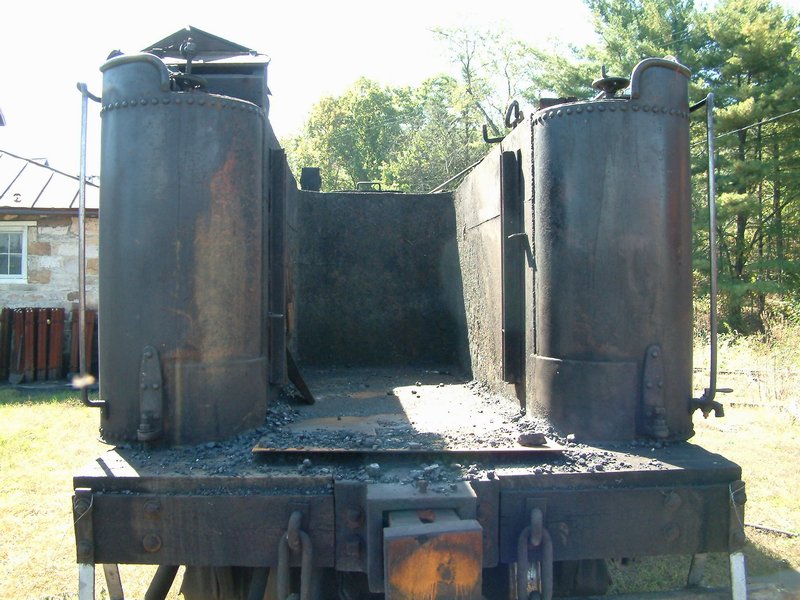Paul, they were not a standard design in the sense that the EBT opened up a Baldwin catalog and said “two of these, please.” EBT #11 (the 2-6-2; the first EBT loco with a trailing truck) was pretty much a custom design for the EBT, incorporating features that were becoming very popular with standard gauge locos of that era–particulary the wide firebox which necessitated the trailing truck. This new style of firebox gave much better steaming capacity compared to the 2-6-0s, 4-6-0s, and 2-8-0 the EBT was running.
With the success of #11, the EBT went to Baldwin asking them to build them another one, but make it bigger. Baldwin took that design and added a 4th set of drivers, delivering #12. (Also increasing the boiler diameter and tender size, but essentially the same.) The next two mikados were similar extensions of #12, just a bit larger. If recall, they built these to the maximum weight per axle that the rail they were using at the time would permit. I believe–and I’d have to go back and confirm this–that the EBT upgraded the rail after #14 and #15 were built, so when they ordered the last three mikados, they could order them to be even larger. It’s either that or the largest mikes were built to the maximum rail loading, but it seems to me the former was the case and they upgraded the rails prior to the last “batch” of mikes.
So, while not a “catalog” design originally, Baldwin didn’t have to reinvent the wheel every time the EBT wanted a new loco, either. Baldwin was very good about shopping existing designs to other railroads, though, so if another narrow gauge railroad was in need of a 2-8-2, they would have undoubtedly offered the EBT-design mikes as an option, perhaps working from there to get the final loco for that railroad. There’s evidence that Baldwin tried to sell the EBT and ET&WNC on the idea of articulated based on the locos they built for the Unitah.
Later,
K


